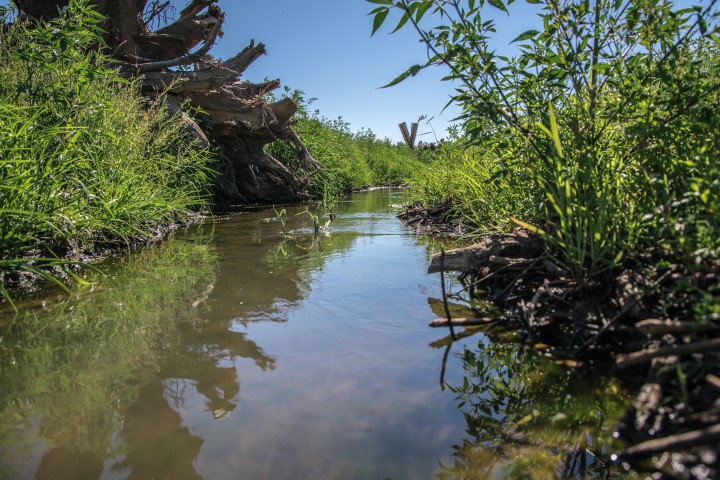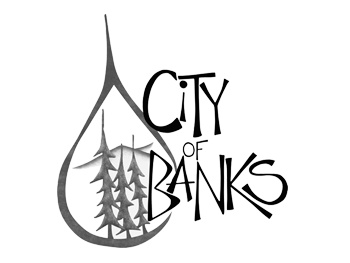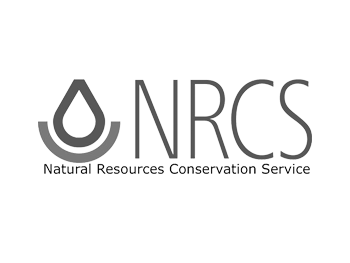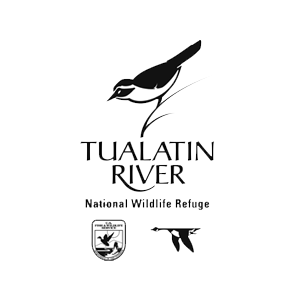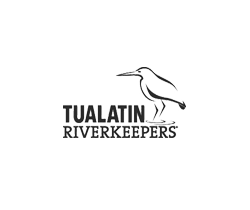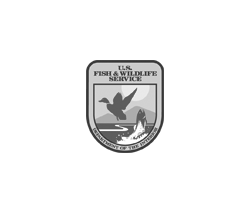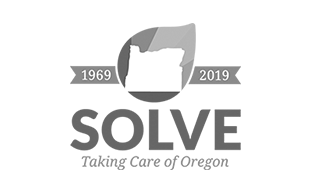Floodplain Connection in an Agricultural Setting
Carpenter Creek North Natural Area is a 115-acre site in rural Washington County, just south of Highway 47, near the Forest Grove city limits. The site is bordered by farmland and Gales Creek, which abuts the eastern edge of the property. Carpenter Creek runs through the middle of the natural area, surrounded by wetlands and riparian forest habitat. Just upstream of this site, the Soil and Water Conservation District, Farm Services Agency, and Natural Resources Conservation Service have completed nearly a mile of additional riparian restoration. Carpenter Creek North Natural Area expands upon existing enhancement activities underway.
The Site
First planting: 2016
Size: 156 acres
Stream length: 4,385 feet
Total to date: 111,656 plants
Plant communities: Riparian Forest, Wet Prairie, Scrub Wetland, Agriculture
The Challenge
An artificial berm, formed years ago, physically separated Carpenter Creek from the wetlands and adjacent floodplain. With high flows forced to remain in the creek, the stream banks eroded, soil health declined, and few native plants survived. Field erosion and soggy access have presented challenges for farming operations. The site was also overrun with invasive weeds, mainly a jungle of invasive blackberries, English roses and reed canary grass.
Native amphibians such as the Pacific chorus frog, red-legged frog and long-toed salamanders reproduce in this wetland. The project provides better conditions for egg masses to attach by reducing invasive reed canarygrass and planting native sedges.
The Transformation
Metro purchased the property in 1997 to protect water quality and restore wildlife habitat. Substantial change began when Clean Water Services, Metro and farmers collaborated to solve a soil erosion problem caused by flooding. A shared vision of clean water, productive farmland and quality habitat formed the basis for the next major step in restoring Carpenter Creek.
In spring 2014, CWS hired a contractor to eradicate the jungle of invasive blackberries, English roses and reed canary grass that dominated the area. In fall 2015, CWS crews removed a berm along the west bank of the creek, reconnecting the waterway to adjacent wetlands and reducing the problem of a soggy, often impassable farm access point. Crews also installed large logs for wildlife habitat and river health. The logs help absorb flood flows and provide crucial structure for as many as 100 species of wetland birds and native amphibians.
Clearing the invasives revealed a robust native seed bank in the wetland. Plants emerged en masse. Partners added thousands of native grasses, sedges and rushes, as well as wetland trees and shrubs, to improve habitat diversity and stability. To encourage pollinator activity, native wildflowers were added to sections of the site. The remaining berm on the east side of Carpenter Creek was moved away from the creek to reduce erosion concerns in the adjacent farm field and provide Mother Nature some elbow room in the floodplain. Large scale, productive farming continues to the east of this small, somewhat permeable berm, now covered with native, pollinator-friendly wildflowers and shrubs. Carpenter Creek is an important example of floodplain connection, wetland and stream restoration in an agricultural setting.
84 native plant species
Plant cover change*
Native shrub/tree: +1%
Native herbaceous: +56%
Invasive: -68%
* Figures measure increase/decrease since monitoring began in 2012. Shrub/tree and herbaceous cover are measured only in plant communities appropriate to those species.






